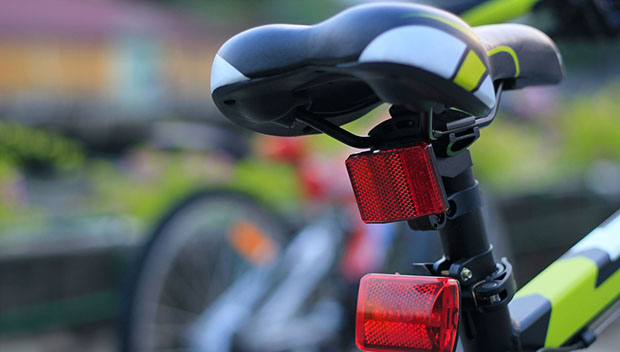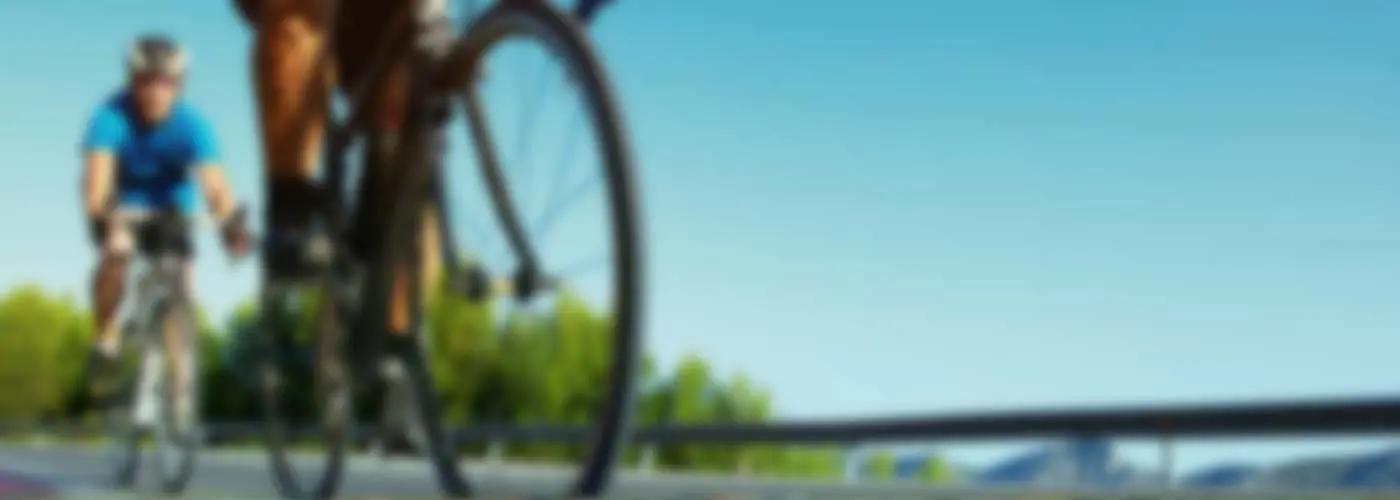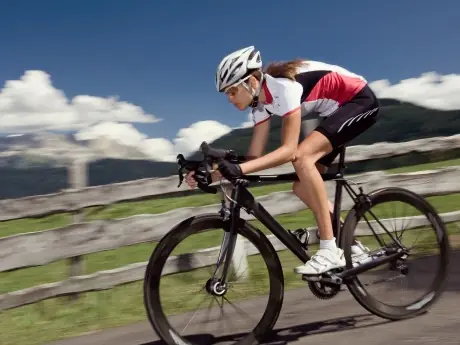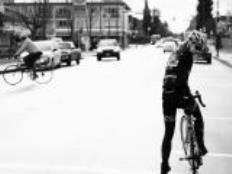
Finding a perfect bicycle saddle is like finding your life partner: It can be a long journey and you'll probably have a few missteps along the way. Some people find the perfect saddle (or soulmate) right away; for others, the journey can take years. But while we can't offer great dating advice, we can make the quest for the perfect saddle easier by looking at what you might be doing wrong in your hunt, and what you should be doing instead. To get the inside scoop, we talked to Paula Dyba, vice president of marketing at Terry Bicycles, who shared some of her best tips—and worst mistakes that she sees—when it comes to buying saddles.
More: The Truth About Your Bike Saddle
Not Taking a New Saddle for a Test Ride
Using your hands—instead of your rear—to test the saddle is a common problem, Dyba explains. But you should always take it for a test ride, if possible. "Many bike shops allow you to test a saddle, or give you a return option if you're not happy."
Equating Soft with Comfortable
Just because a saddle is well-cushioned, it may still be the wrong size or shape for you. Since our sitbones are always looking for a solid place to sit, cushiness can mean more pressure on your sensitive bits. "You want your weight to be supported by your sit bones, not by your soft tissue area," says Dyba. "A soft saddle feels good for about 20 minutes, but then all that weight distribution on soft tissues can really start to hurt."
Assuming You Need XYZ Saddle
All cyclists have different body shapes—and that applies to butts, too. That's why saddles come in different lengths, widths, and levels of firmness. "There are definite differences in sensitivity issues, rider style, and bike fit among riders," says Dyba.
Ignoring Pressure Points
There are many ways a saddle can work with your anatomy, explains Dyba, and it should provide relief in areas that come in contact with soft tissues. That may mean a cutout, or a thinner nose. Focus on whether the saddle pushes on sensitive soft tissue; if it does, you'll want to try another style.
More: How to Find the Right Saddle Height
Not Checking Sitbone Width
Sitbone width isn't tied to pants size, so some companies have developed measurement tools, available in many bike shops now, to measure the distance between the sitbones to find the perfect saddle for you. "You definitely want a saddle that is wide enough to support your sitbones," says Dyba. "That's where the bulk of the weight and pressure on the saddle should be."
Not Explaining Your Ride Style
You might be tempted to walk into your local shop and start grabbing saddles to test. But before you do, think about what problems you've had and what kind of riding you're doing. Mountain bike saddles make it easier to shift your weight way back, and road saddles are narrower to avoid chafing. If you have a lot of pressure problems and in-ride numbness, you may want to consider a saddle with a cutaway or a depression to take some pressure off, Dyba suggests. And if you're planning on going on ultra-long endurance rides, looking for a saddle with a thin layer of gel on the top may make those miles feel less taxing. Men and women also have different needs. "I suggest that women look for saddles that are flat along the top as opposed to curved upward from outer edge to edge, which can make you feel like your bones are being forced apart," Dyba says.
Rushing into a Decision
It may seem annoying to swap between saddles until you find "The One," but saddle testing is worth the effort. "Don't get discouraged," Dyba says. "The right saddle will become the one you won't even remember after the ride!"
READ THIS NEXT: How to Choose the Perfect Bike Saddle









Discuss This Article